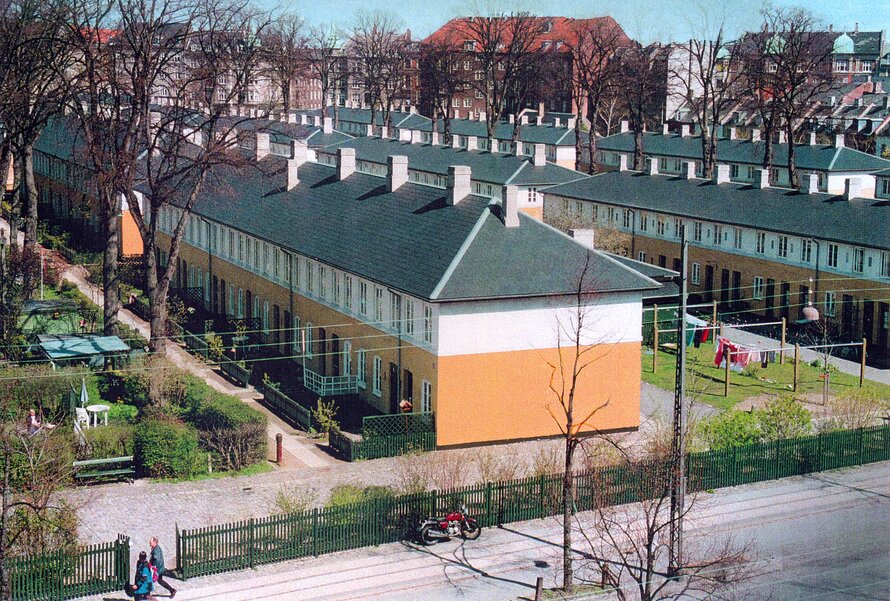"Brumleby" social housing complex, Copenhagen
The idea of providing cheap and healthy homes for the poorest part of the city's work force originated among local politicians and medical doctors during the 1853 Copenhagen cholera outbreak which killed approximately 5,000 citizens. A major reason for the outbreak was the dismal ...
Read more
Project details
| Title: | "Brumleby" social housing complex, Copenhagen |
|---|---|
| Entr. year: | 1997 |
| Result: | Diploma |
| Country: | Denmark |
| Town: | Copenhagen |
| Category type: | architectural heritage |
| Building type/ Project type: | residential building |
| Former use: | Multi-family houses |
| Actual use: | Residential buildings (multi-family houses) |
| Built: | 19th century |
| Architect / Proj.leader: | M.G. Bindesbøll - Vilhelm Klein, Architects , Bornebusch Tegnestue A/S - Lone van Deurs, Architects (Copenhagen - DK) |
| The Jury's citation: | For the careful and harmonious restoration and rehabilitation of the buildings and the gardens comprising an excellent historic example of a social housing project. |
| Web, Links: | www.kobenhavnergron.dk/place/brumleby/?lang=en |
Description:
The idea of providing cheap and healthy homes for the poorest part of the city's work force originated among local politicians and medical doctors during the 1853 Copenhagen cholera outbreak which killed approximately 5,000 citizens. A major reason for the outbreak was the dismal conditions in the poorest parts of the city which suffered from overpopulation and lack of proper sanitary services. "Brumleby" was built for indigent workers by the Danish Medical Association from 1854 to 1872. The development was designed by M. G. Bindesbøll and Vilhelm Klein. In 1980 a rehabilitation plan for the entire housing area in cooperation with the residents was made. Before restoration, the houses were in a ruin-like condition and under threat of demolition. The original small, outdated apartments are reduced to 243 dwellings in different sizes to meet the residents' differing needs and rent budgets. The buildings have been restored with respect for the original architecture.
Similar projects
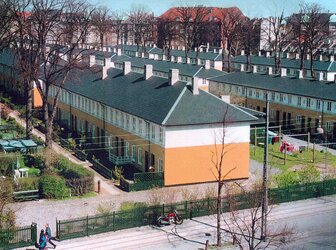
19th century
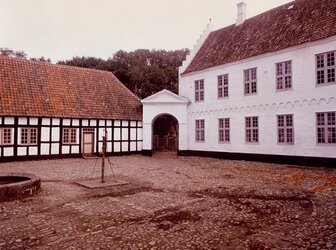
16th century
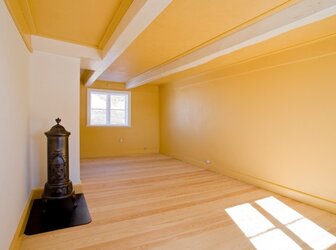

1938
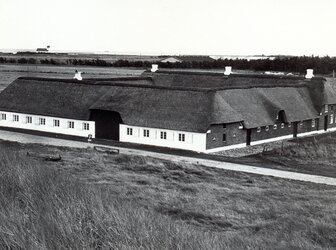
19th century
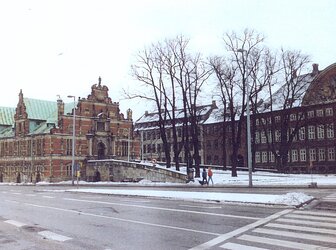
17th century
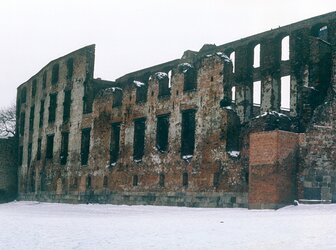
13th century
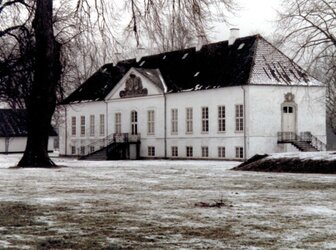
18th century
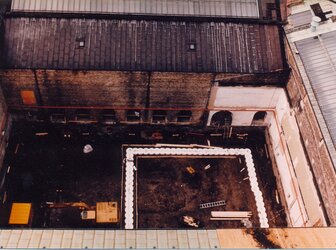
1996
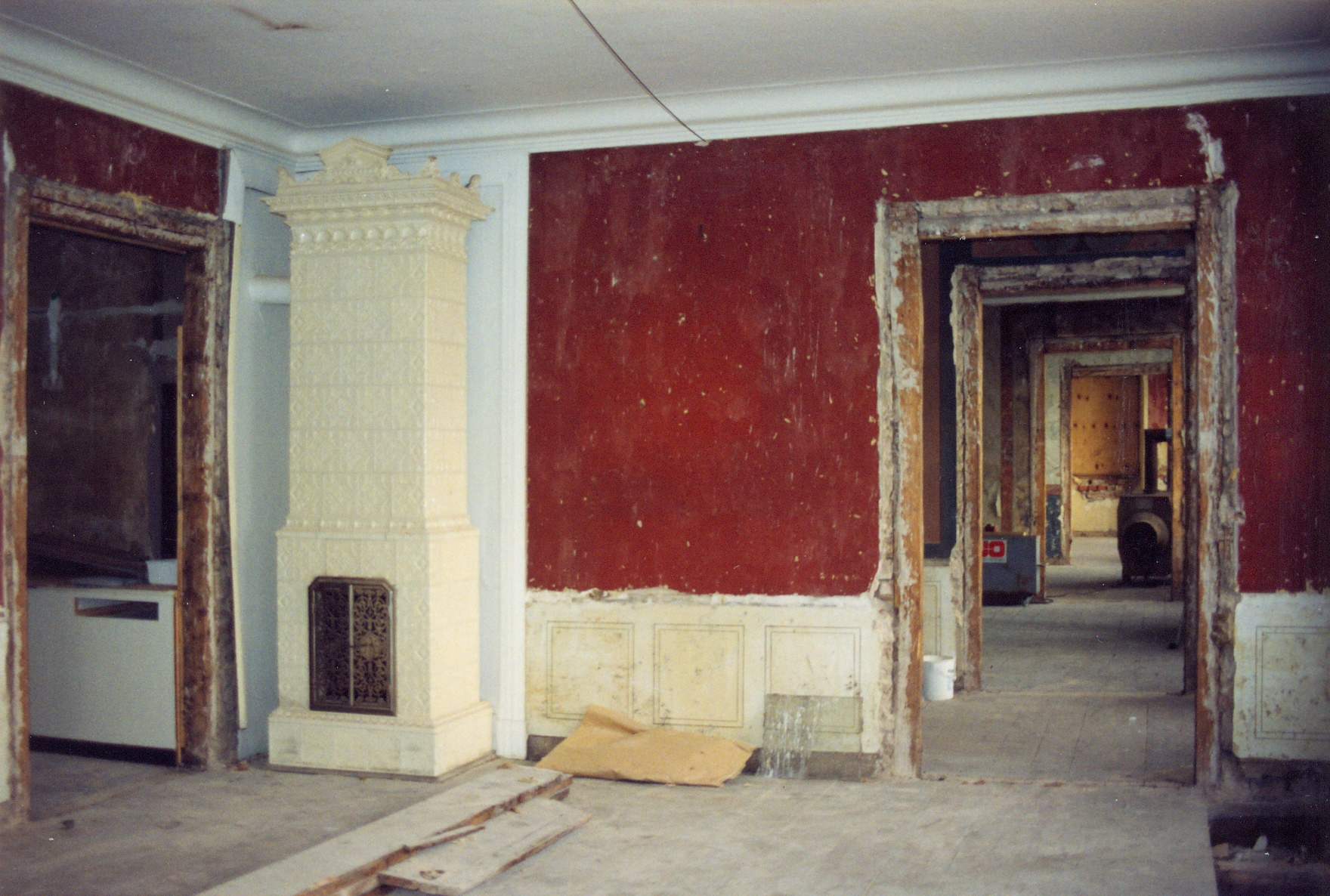
19th century
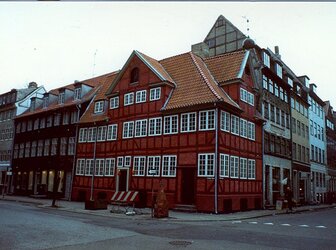
18th century
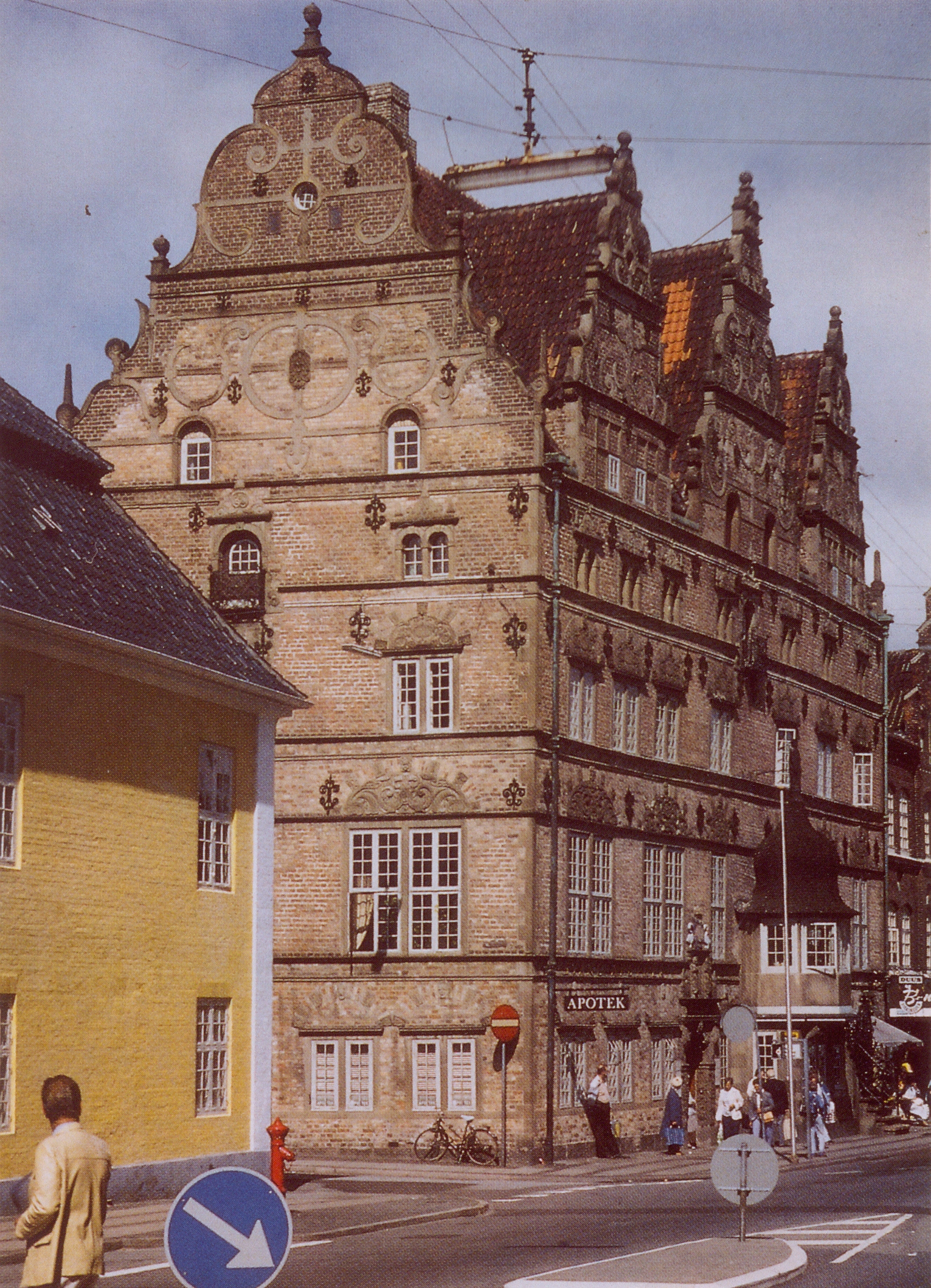
17th century
